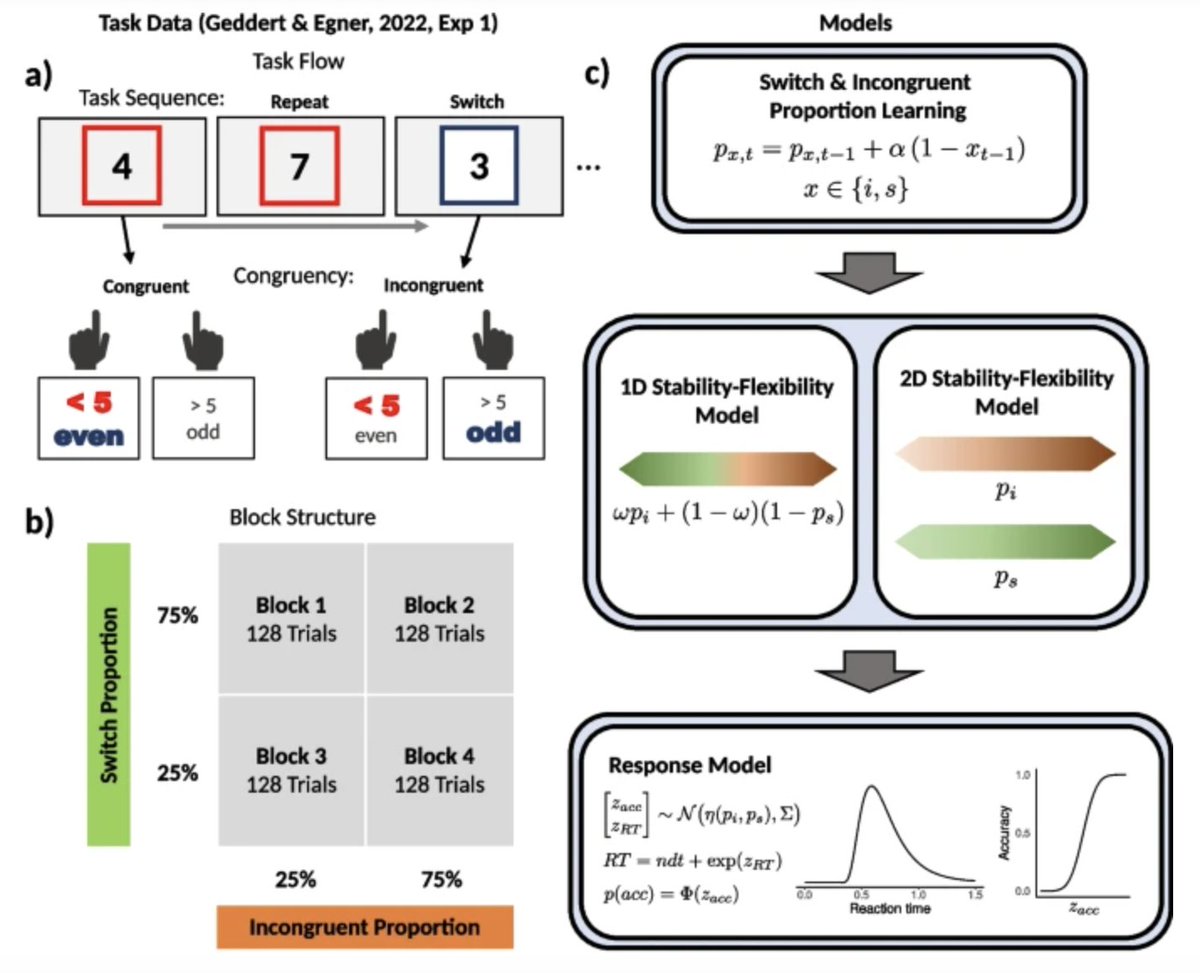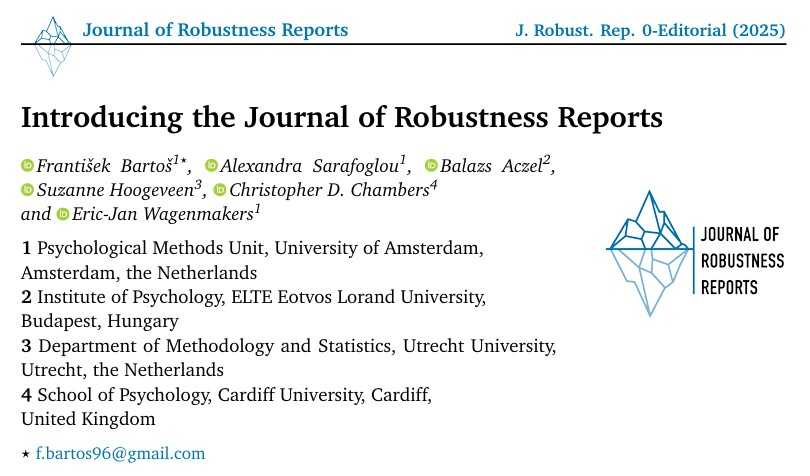Postdoc @UniofOxford with @MKFlugge, past PhD @DondersInst, into decision-making, learning, ultrasound stimulation, improving psychology & neuroscience. he/him
ID: 939477905171771393
https://www.psych.ox.ac.uk/team/johannes-algermissen 09-12-2017 12:52:42
3,3K Tweet
847 Followers
895 Following

🚨 New paper 🚨 Out in Communications Psychology: "Manipulating attention facilitates cooperation" with Claire Lugrin and Christian Ruff We use gaze data and display manipulations in one-shot Prisoner's Dilemma games and find that these manipulations can drive choices through attention 👇






Are we “strangers to ourselves”? Classic theories say people have limited insight into how they decide. Our new paper at Nature Communications challenges this view. With Ryan Carlson, hedy, & M.J. Crockett. nature.com/articles/s4146… 🧵
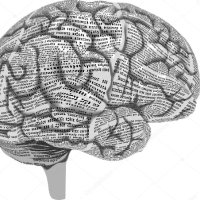


After years of hard work, Hashim Satti’s big one is out! Massive dataset, predators, and surprising null results on learning and internalizing symptoms. Huge thanks to Katharina Wille, Nassar Lab, Radek Cichy, Nico Schuck & Peter Dayan - and Hauke Heekeren for his invaluable support!
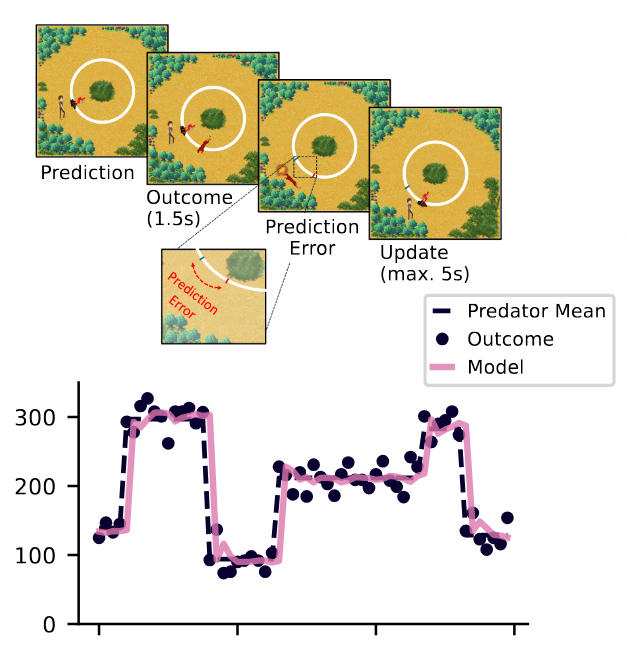



Thrilled to share the new paper from the lab out today in Nature Human Behaviour, led by the great Juliana Trach! "Mental graphs structure the storage and retrieval of visuomotor associations" nature.com/articles/s4156…

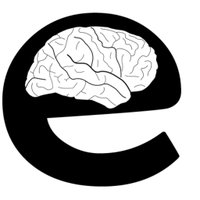
New paper, fronted by Raphael Geddert and Seth Madlon-Kay, in Psychonomic Bulletin & Review: "Modeling of control over task switching and cross-task interference supports a two-dimensional model of cognitive stability and flexibility". Free read link: rdcu.be/epatc
